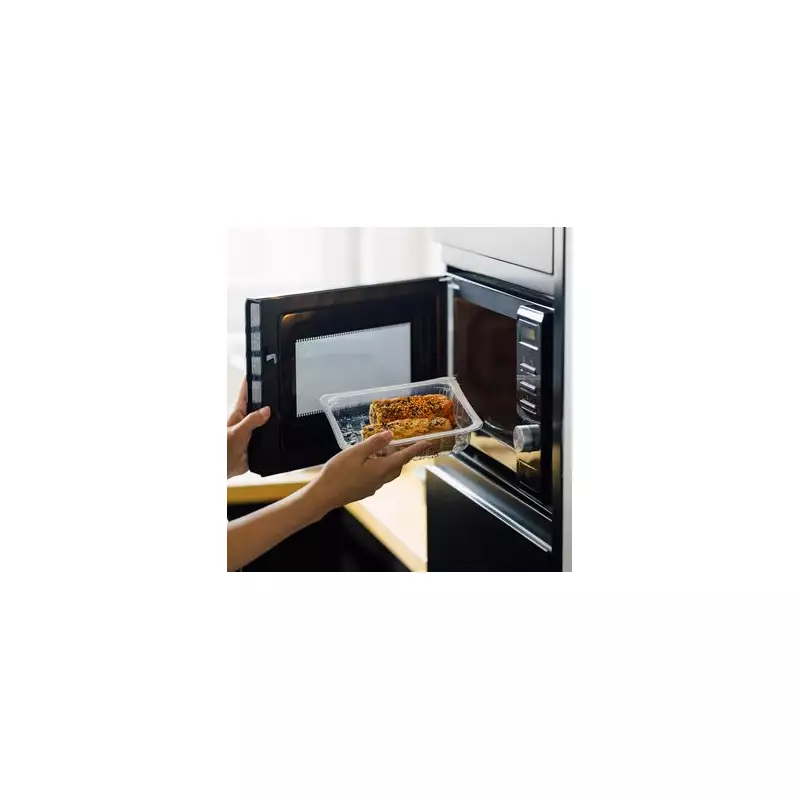
Millions of Britons are making critical errors when using their microwaves that could be impacting both their wallets and wellbeing, according to new research.
The Shocking Microwave Misuses
From improper food arrangement to dangerous reheating practices, households across the UK are committing multiple kitchen sins with their trusty microwaves. Energy experts and nutritionists have identified several common but costly mistakes that could be easily avoided.
Top 5 Microwave Mistakes You're Probably Making
- Using the wrong containers: Many still microwave food in plastic containers not marked as microwave-safe, potentially releasing harmful chemicals into meals.
- Ignoring the standing time: About 75% of users don't let food stand after microwaving, preventing even heat distribution and proper cooking.
- Overlooking the turntable: Removing or blocking the rotating plate leads to uneven cooking and cold spots where bacteria can survive.
- Wrong power settings: Most people use full power for everything, when many foods actually cook better at medium or low settings.
- Not covering food properly: Failing to cover dishes causes splatters and uneven heating while wasting energy.
The Hidden Costs of Microwave Misuse
Beyond food safety concerns, incorrect microwave use is hitting Brits in their pockets. Energy specialists estimate that proper microwave techniques could save households up to £40 annually on electricity bills. More importantly, nutritionists warn that improper reheating can destroy valuable nutrients in food while creating potential health risks from undercooked meals.
Simple Fixes for Better Results
- Always use microwave-safe glass or ceramic containers
- Follow standing time recommendations (usually 1-3 minutes)
- Keep the turntable clean and unobstructed
- Use lower power settings for delicate foods
- Cover dishes with microwave-safe lids or paper towels
With these easy adjustments, your microwave can become both a safer and more efficient kitchen companion. The experts' message is clear: small changes in how we use this everyday appliance can lead to big improvements in food quality, energy savings, and overall kitchen safety.





